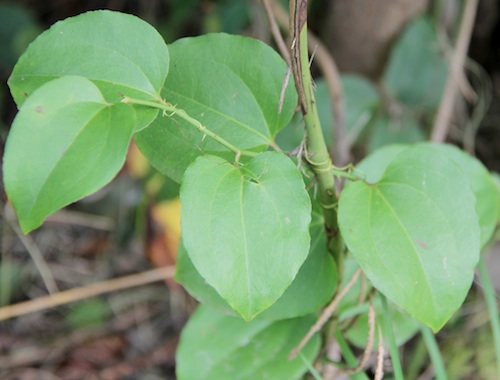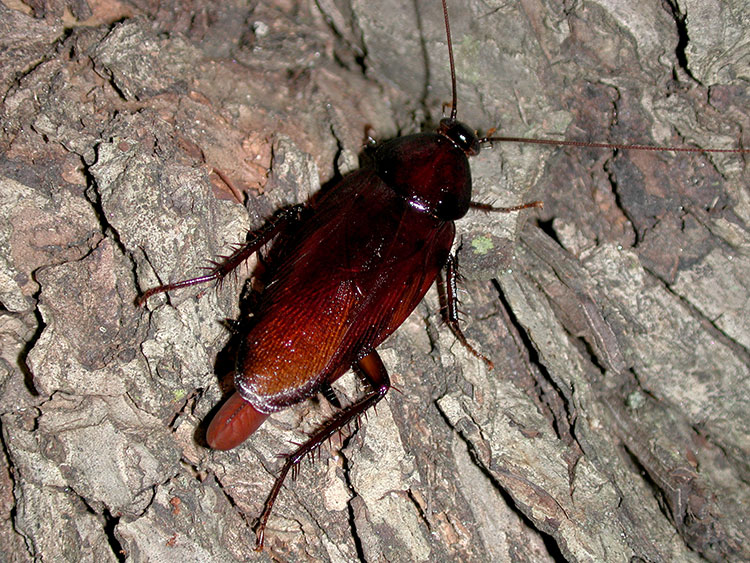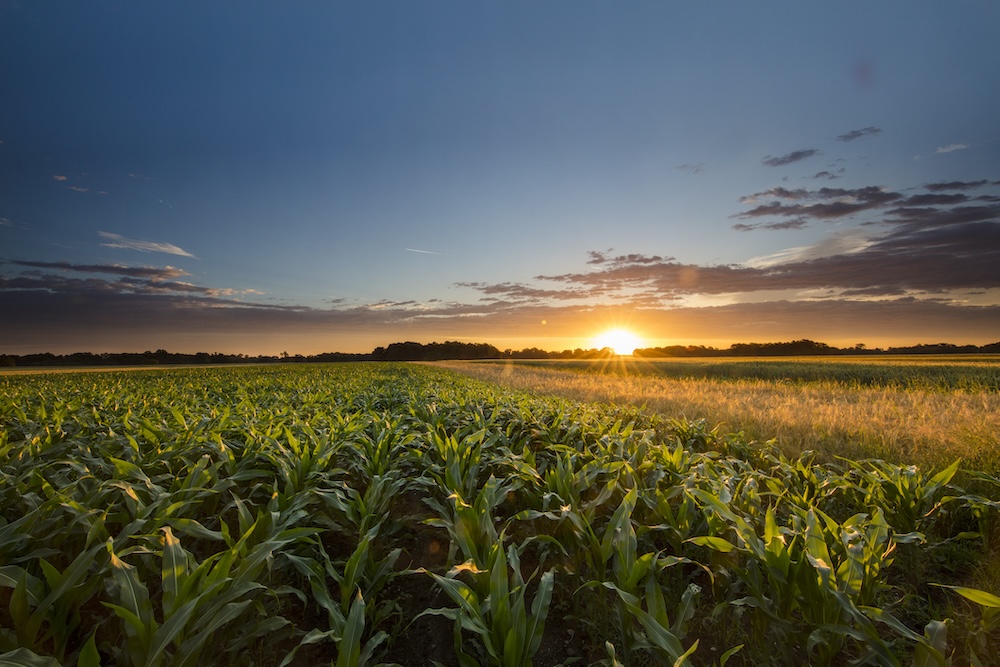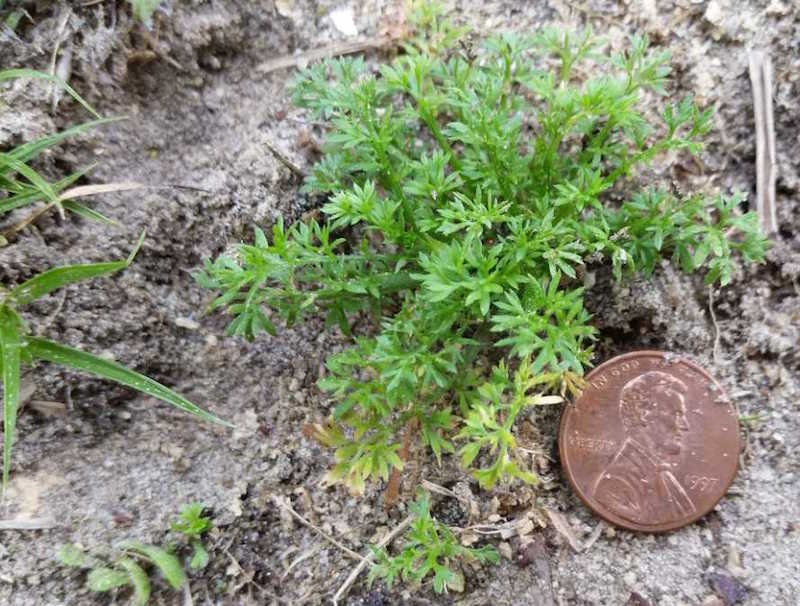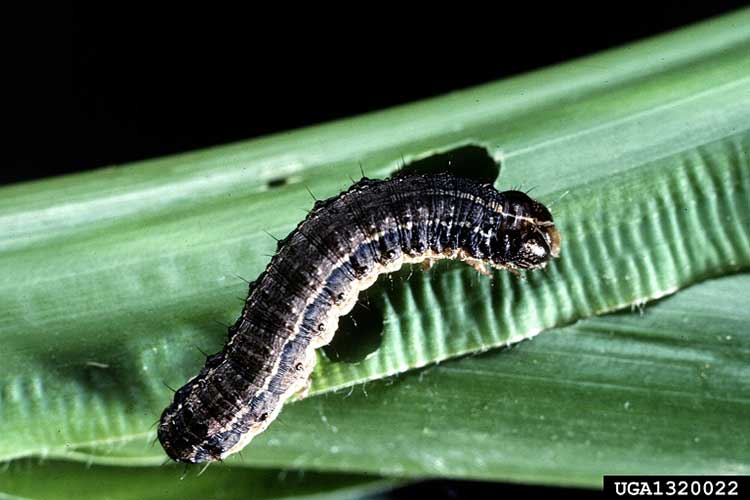Greenbrier and poison ivy are two of the hardest weedy vines to control. Following these tips from University of Georgia Cooperative Extension will make the chore a little easier.
These two weeds grow across the ground and up trees and shrubs. Poison ivy causes a severe skin reaction for many people who make contact with the oil in its leaves and stems. This makes it even more difficult to control. Several species of greenbrier are native to Georgia, but one of the more common ones has prickly thorns. This makes it difficult to pull out, even if wearing leather gloves.
Deep root systems
Both plants have extensive underground root systems that are very difficult to dig out of the ground, much less pull out by hand. If the stem breaks away from the root system, greenbrier and poison ivy will grow back.
Knowing your weed is often half the battle. Take the time to learn how to identify greenbrier and poison ivy. Keep in mind that poison ivy takes on many different forms, including a very aggressive, fuzzy vine that grows as thick as a man’s arm and can nearly strangle a tree as it climbs to the top.
Both weeds are cold hardy perennials, which means the roots survive even the coldest Georgia winters. Because these plants are difficult to control, it is often necessary to use herbicides as part of the control strategy. They are also tough woody plants that only respond to a few herbicides on the market. Even using the best herbicide, it may take multiple applications to eventually wear out the weed’s root system.
Cutting works best
The best strategy for controlling greenbrier and poison ivy is to cut them off at the source. A 50-foot long poison ivy vine that reaches the top of a tree will barely be affected by an herbicide sprayed on the leaves that are a few feet off the ground. Keep in mind that recommended herbicides would likely kill or damage the tree, too.
If you cut the vine near the base, everything from the ground up will die without roots to supply it water and nutrients. Avoid damaging the bark of the host tree and avoid getting the sap or sawdust on your skin when cutting poison ivy vines.
Cutting the vine does not kill the roots. This is where an herbicide becomes a very handy tool. If greenbrier or poison ivy leaves are close to the ground, leave several inches of the vine so that you can spray the leaves. Herbicides are absorbed quicker if there are only a few leaves. Herbicides can also be sprayed or painted directly onto the freshly cut end of the vine or stump. This should be done immediately, before the sap dries out, so the herbicide can be absorbed into the vine and move down into the root system.
Be patient
The severed portion of the vine may take a few weeks to completely die and can take even longer to decompose. However, with poison ivy, don’t try to pull the vine down since the resulting rash is not worth the trouble. Just be patient and allow the vine to die.
Select an herbicide with glyphosate or triclopyr in the active ingredients. Read and follow the labeled application instructions and safety precautions carefully. Wear gloves to protect your hands from the herbicide as well as the poison ivy sap. If the vine resprouts after several weeks, spray herbicide again when the sprouts reach 6 to 8 inches high.
These control tactics will also work on other tough vines like English ivy.
For more information about controlling greenbrier and poison ivy, see the University of Georgia Cooperative Extension online factsheets “Controlling Greenbrier” and “Controlling Poison Ivy in the Landscape” at www.caes.uga.edu/publications.

